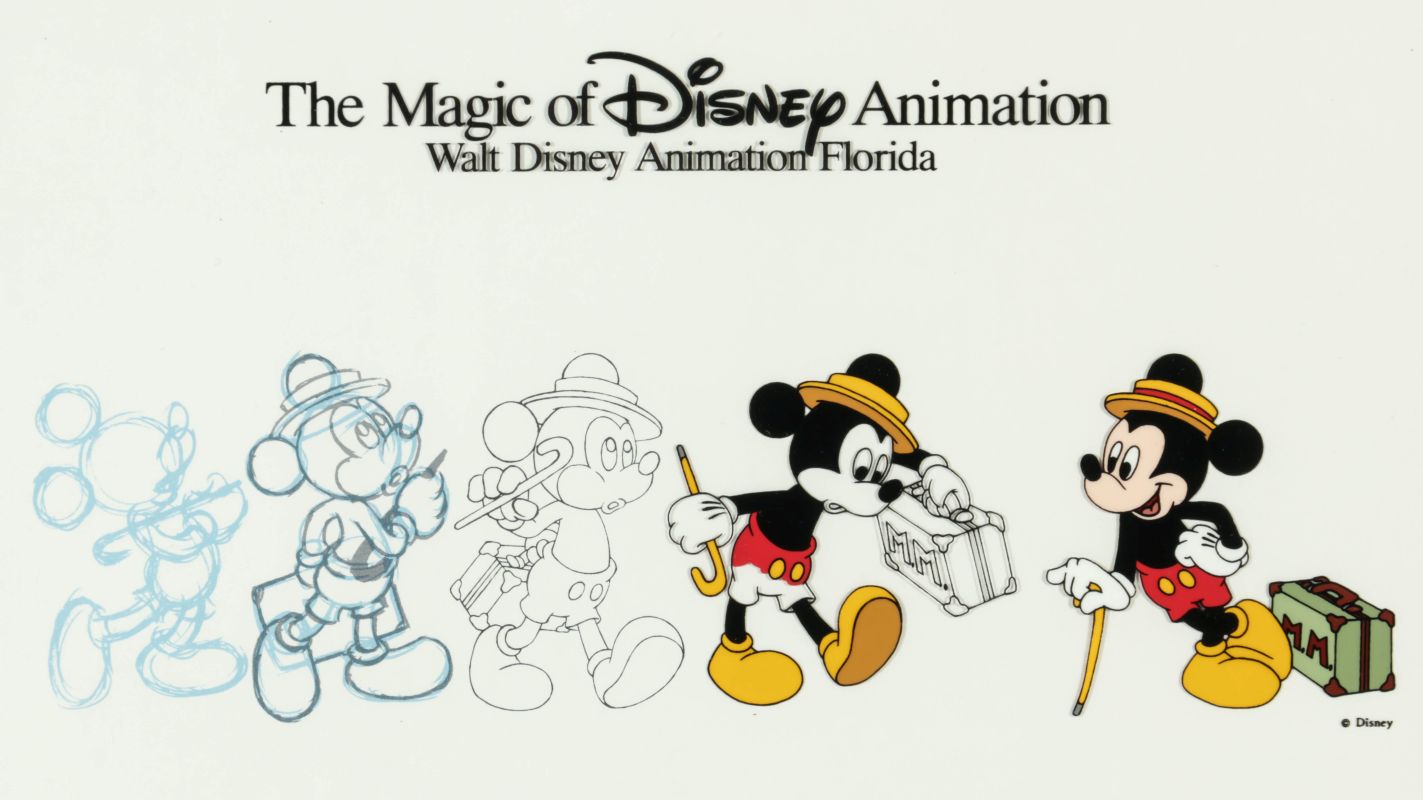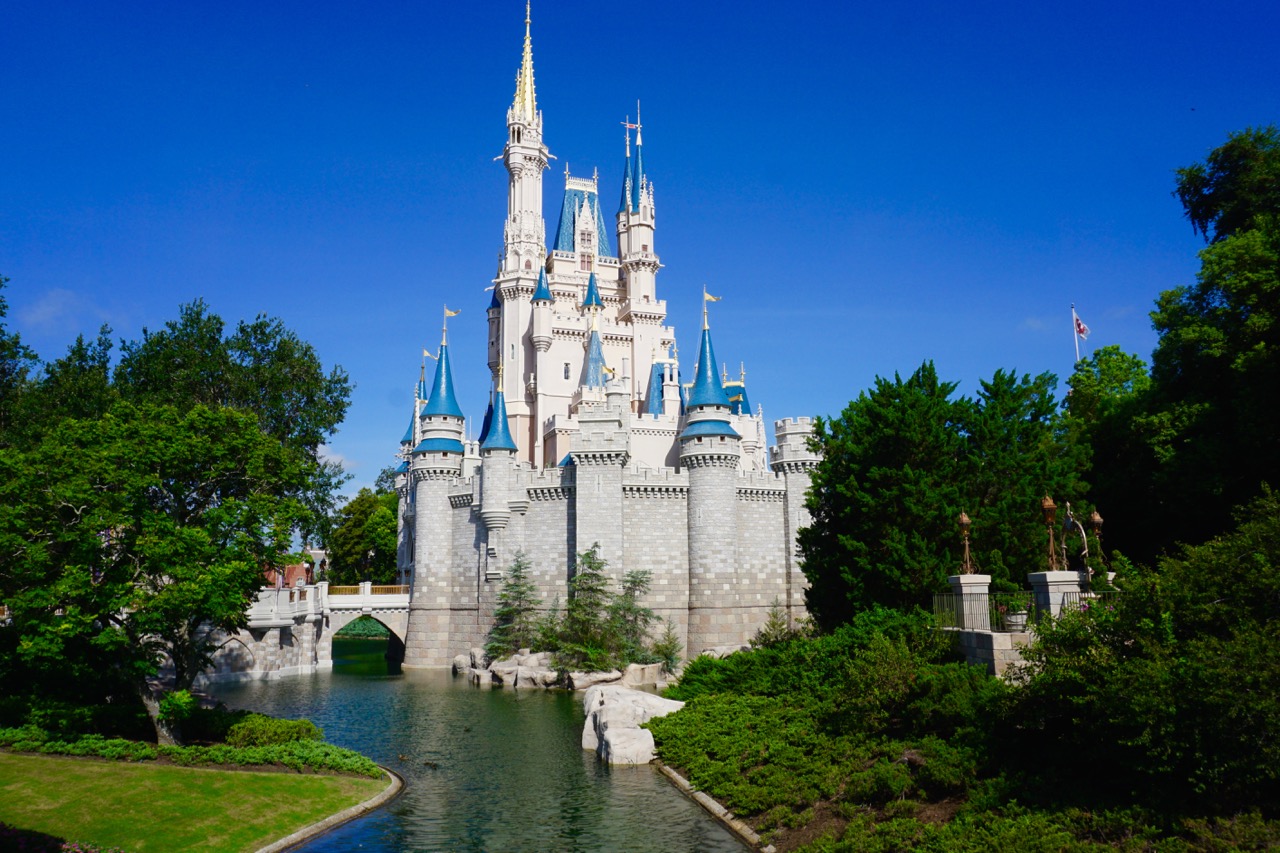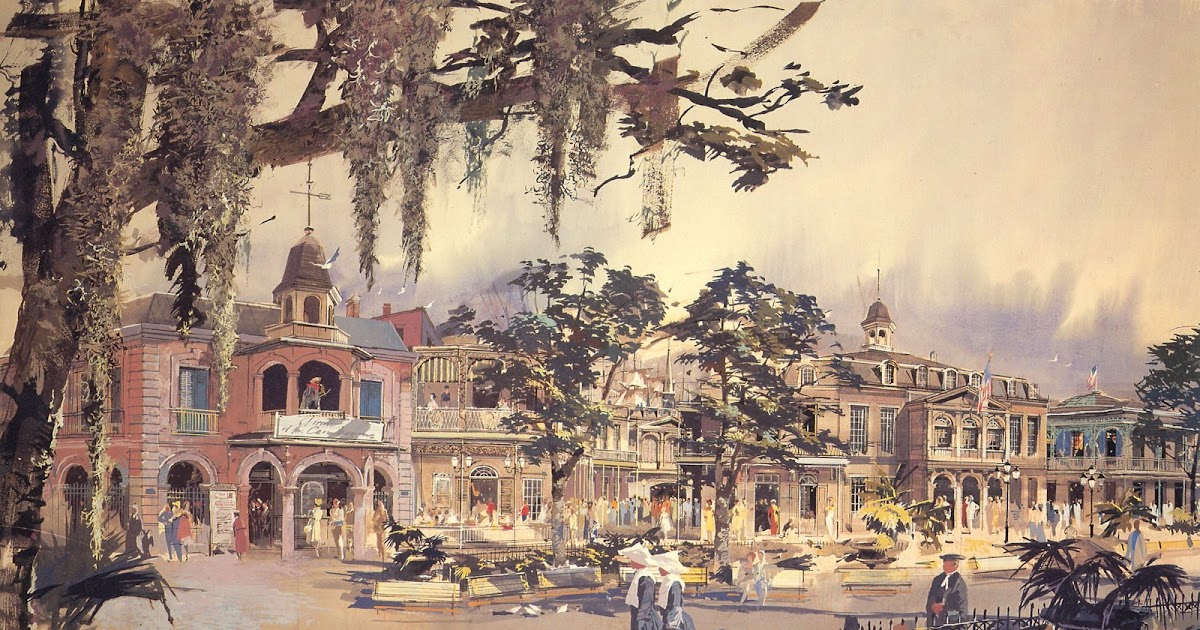What You Thought Was Safe Yesterday at Disney, Isn't So Much Today

If you are as old as I am you may remember those station wagons where we freely laid down in the back section without any safety belt. We also owned a wagon where the back seat faced the cars coming from behind you. Even then it seemed nerve-wracking when a car was braking only feet and inches from where you were sitting. But we all assumed it was safe–after all–that’s how they built it. In a world of airbags and toddler car seats, it’s hard to imagine anyone building that kind of vehicle today.
The same could be said of Disney park attractions. Everyone’s assumption of safety has changed. What everyone thought was safe yesterday, is not necessarily seen as safe today. At Disney, with parks that are over 50 years old, this reality shows up in so many places. For years, trams went without any doors on them–and really nobody thought much of it. Now doors with handles that push up are on all the parking lot trams at Disneyland and Walt Disney World.

Like the trams, some things go for years, and then are finally changed out to be safer. Other items barely get constructed before they are deemed unsafe. A simple example of this is the interactive queue put in place for The Many Adventures of Winnie the Pooh. I arrived when the queue first opened, and my son and I were literally the first to try out these spring-loaded spots which bounced up and down as you stepped on them. But they were gone quickly thereafter, and deemed a potential safety hazard. Now the location recently re-opened as a meet ‘n greet.

A more dramatic example was Mission Space at Epcot. It opened with a full-throttle E-ticket experience. Despite a great deal of signage and other instruction, the challenge was that most people had no idea what they were getting into. Who could tell walking into a capsule that you were in for a major thrill ride experience. It didn’t look anything like a roller coaster–which is usually the short-hand for an attraction that is intense.
After the first year or two of operation, in two very separate experiences, a couple of Guests died shortly after experiencing the attraction. Autopsies showed that they both had previous health-related conditions, though to what extent the Guests understood their condition was varied. Still, while millions had ridden the attraction without difficulty, it was still a tragedy. Disney knew it had to do something very different.
That solution came in the form of creating two versions of the ride. One version remained largely the same, while the other provided a much more softened, toned-down version. Cast Members, new signage, and vehicle models helped to communicate the options. Equally important was issuing cards to riders that clearly communicated what version of the attraction they were choosing to board. Green cards offer a less intense version. Orange cards offer a much more intense experience. This has not only helped reduce problems with riders, but it signaled Disney placing more responsibility on the rider to determine what is appropriate for themselves.

Safety has not only evolved for the Guests, it has evolved for Cast Members too. One example of this are character meet ‘n greets. In the early years, characters just walked around on their own. Sometimes the more popular characters would practically experience a mobbing of guests. Now it’s more structured and attendees are with every character to help support.

An important part of all this is that the perceptions of what is safe is not always driven by you. It’s driven largely by others, including not only guests, but those who regulate such experiences. For years, Guests have enjoyed riding Alice in Wonderland, a dark ride at Disneyland. And it’s gone for the most part without any serious injury. But then California’s Department of Occupational Safety and Health pointed out that it needed handrails on the outside portion where it descended from the second to the first levels. A temporary solution was put in shortly thereafter, with the idea of a long-term solution to follow.

It’s hard to know what to make safer and what is considered safe already. No one expected a limb from the Tree of Life at Disney’s Animal Kingdom to fall off. But it did. Fortunately no one was hurt. But now management can’t take that chance of it happening again. As a result, beams and nets have quickly been installed. It certainly wasn’t in this year’s budget. And it doesn’t add to the beauty of the area. But safety is first. And now we have nets in place until/unless a more guaranteed solution for ensuring that limbs stay on the tree can be found.

What’s the message in all this? Whatever standard of excellence you achieve may not be the standard in years to come. Knowledge, perceptions, and expectations change, and you may have to change with them. For Disney, it’s unending. What it costs to make a ride safe today is much higher than what that cost was yesterday. But if you want to provide the very best, you have to pay that price. Disney pays the price dearly to be safe. It is always looking for a practical solution. But in the end, it invests in making certain the parks are safe for its Guests. When the company has strayed from that standard, it has paid dearly. Disney knows by experience it must work hard to make sure that the parks are safer than ever.
What’s your experience? Do you agree? How is Disney safer today than it was years ago? Share with us your examples.





